Recreating an F1 Icon From Scratch Is No Easy Task
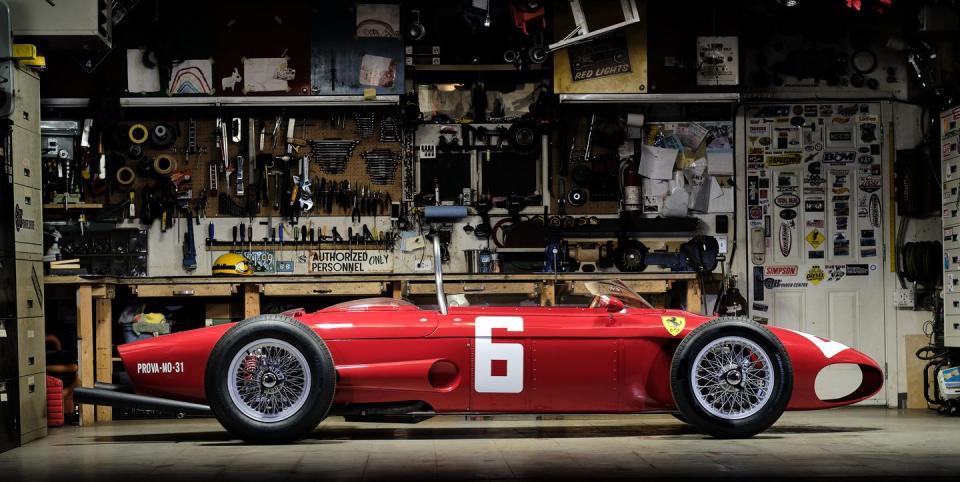
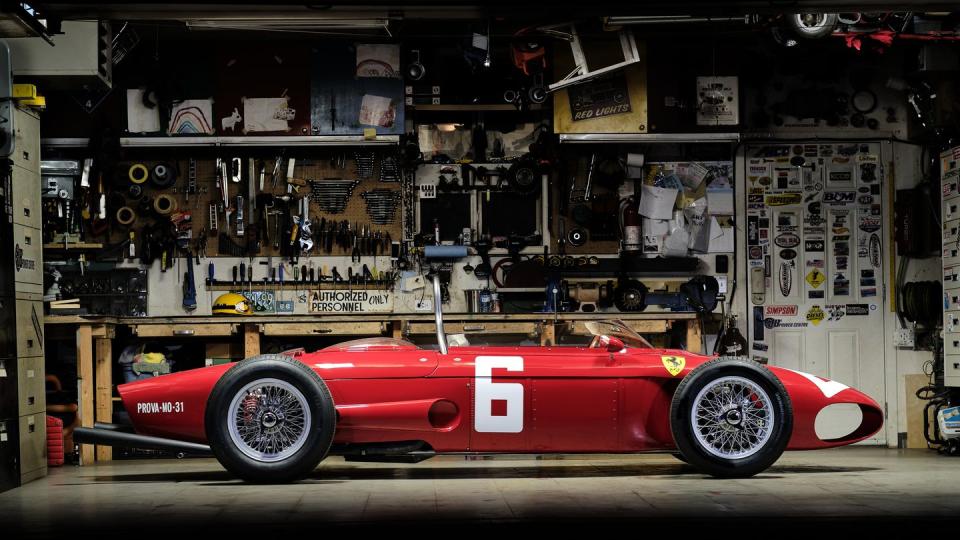
Brandon Hegedus wanted to build an automobile.
He was no engineer, just a car nerd with no formal training other than his trade as a cabinet-maker. He was 32 years old and had a wife. He had a small house outside Calgary, Alberta, with a normal-size two-car garage that was already half full with a rat rod he had built out of a 1927 Ford. Not a lot of money to spend. Busy full-time job. Kids in diapers. But he wanted to do something different.
He had already built numerous vehicles, starting in his early twenties with a humble 1989 Dodge Caravan, which he turbocharged and modified, making it the most ridiculous minivan in his neighborhood. From there he built a high-performance Dodge Omni, which he raced at his local drag strip, Race City Motorsport Park, until it closed in 2011. He built the 1927 Ford rat rod with a Cummins 5.9-liter turbodiesel inline-six tuned to pump over 855 hp to the rear wheels. Now he was in his thirties, and this time around, he wanted to try his hand at a more ambitious project.
This story originally appeared in Volume 7 of Road & Track.
SIGN UP FOR THE TRACK CLUB BY R&T FOR MORE EXCLUSIVE STORIES
“I had always loved the old Fifties and Sixties open-wheel cars,” Hegedus says. “I wasn’t really into old European racing, but I liked the style of the cars. So I started looking on the Internet and digging through books, searching for a car with cool factor and a history that would make it interesting.”
It had to be something Hegedus could actually build. For example, he wanted a car with a hidden engine—he loved the look of the 1967 Jim Clark Lotus 49, but could he really build a car with an exposed powerplant and air intakes that looked like an entire orchestral trumpet section climbing out of the rear end? The vehicle also had to have body lines that Hegedus could fabricate himself. It had to be clean, smooth, and gorgeous.
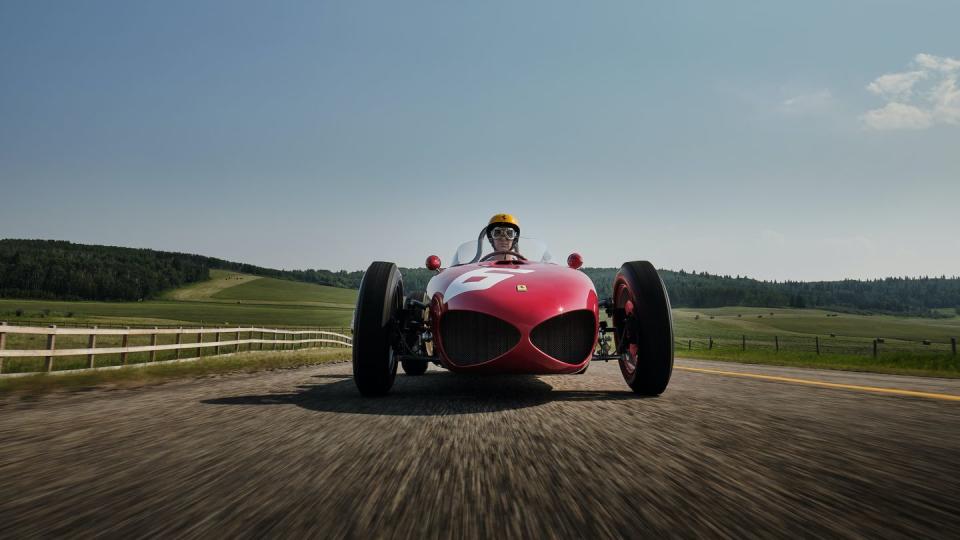
One night online he found pictures of a Sharknose 156, a Ferrari Formula 1 car that competed in 1961 and 1962. It had a covered engine (check) and smooth body panels that were handmade by Italian artisans (check), theoretically possible for him to replicate.
“As I read more history of the car,” Hegedus remembers, “the more interesting it got.”
The Sharknose was the very first Ferrari F1 car with the engine behind the driver. It was what Phil Hill drove to win the F1 World Championship in 1961, the only time an American-born pilot took the world’s greatest racing title. As legend has it, in the Sixties, Enzo Ferrari personally ordered existing Sharknose 156s to be destroyed, to keep the car’s technology a secret. That, for Hegedus, was what flipped on the ignition switch in his brain. In the fall of 2016, he decided to build a Sharknose by himself, in his tiny garage. He would have to find the money, the time, the know-how. He would have to beg his wife to put up with him. He was determined to build an accurate and road-worthy example of this historic racing machine, with no real blueprints to show him the way.
What could possibly go wrong?
Hegedus is not alone.
There’s a whole subculture out there of passionate people building vehicles in their garages, and not just kit cars. You’ve heard of homebrewed beer. These are homebrewed cars. In most cases builders use a mix of common components and hand-built one-off items to create a totally unique vehicle.
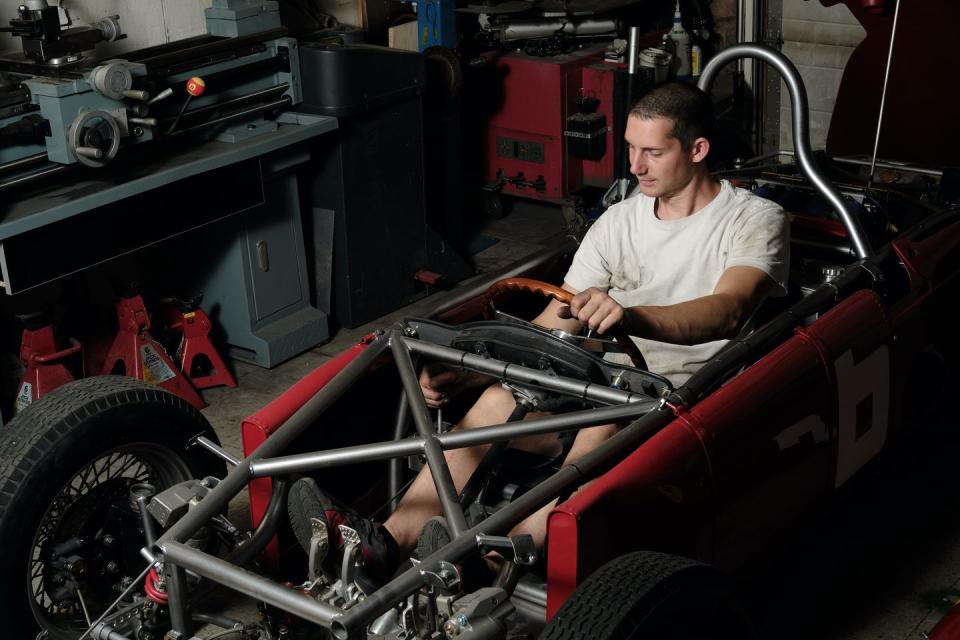
Take Joe Harmon, for example, from Mooresville, North Carolina. While studying industrial design in grad school, Harmon decided to build something for his final project that had no precedent: “the world’s only wooden supercar,” as he put it. He built the Harmon Splinter over some 20,000 hours. The all-wood body was made of strips woven like carbon fiber on giant looms. He even handcrafted the wheels, which have floating spokes of walnut and ash, and packed a modified Chevy LS7 V-8 behind the cockpit. While the car is not street-legal, it drives and is gorgeous. He even designed a unique Harmon Splinter logo.
How about Peter Giacobbi, a Ferrari fan in California who homebrewed a 1959 Testa Rossa? While visiting family in Italy, Giacobbi found a body a coachbuilder created for Ferrari in the late Fifties; the automaker decided not to use this particular coachbuilder, so the body had been hanging on a wall for decades. Giacobbi bought it and used it to build his own 250 Testa Rossa tribute. Giacobbi’s car got a bunch of publicity a few years ago, including an appearance on Jay Leno’s Garage. “It was the most desirable car to me,” he told Leno. “I can’t afford an original. The originals are worth between $40 and $50 million.” So Giacobbi homebrewed his own.
There’s the VCCA-Speedsters, a subgroup of the Vintage Chevrolet Club of America consisting of nearly 50 car nuts who build and race prewar speedsters based on vintage Chevy mechanicals from the Twenties and earlier. One of them, Dave Penniman, now a retired information scientist living in Ohio, spent over 50 years hand-building his speedster, based on a 1928 Chevy chassis, and recently sold it to a private collector.
Other examples abound. There are numerous Facebook pages for homebrew car builders, full of pictures of projects in progress. Nearly all of them are based on existing vehicles or borrow heavily from production cars. Not so with Brandon Hegedus. He was going to build his Sharknose entirely from scratch.
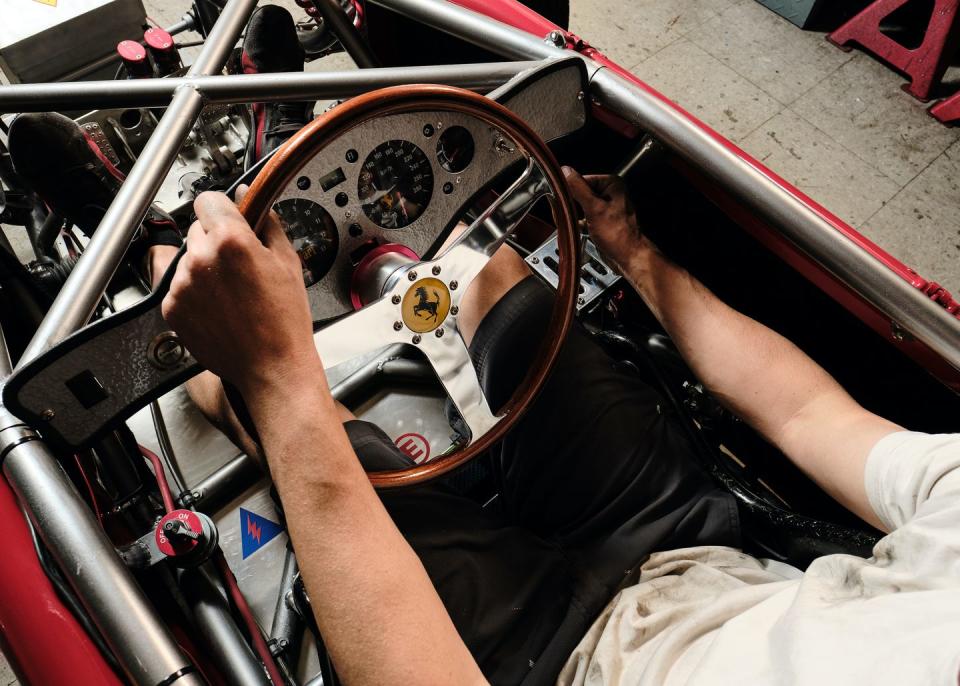

 Yahoo Autos
Yahoo Autos 